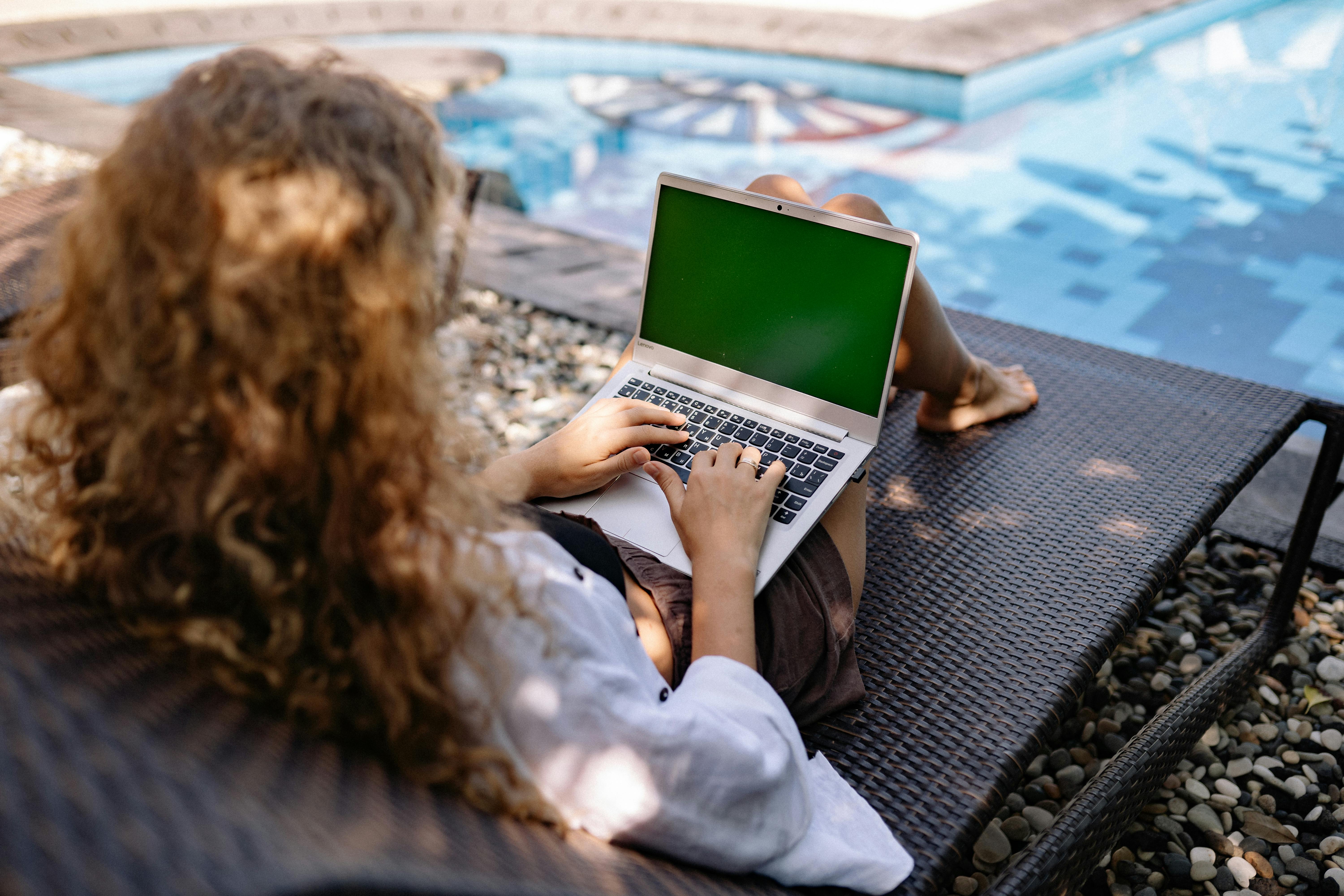A water distiller is a device that is used to purify water by removing impurities from it. It works by boiling the water and condensing the steam into a clean container, leaving behind any contaminants or solids. Water distillers are an effective way to ensure that you have pure, clean drinking water. This guide will explain the basics of how to use a water distiller and some of its benefits.A water distiller is a device that uses heat to separate pure water from contaminants. It works by boiling the liquid, which causes the water to vaporize and then condense back into liquid form in a separate container. The result is distilled water, which is free of most contaminants, including bacteria, viruses, and minerals.
Advantages of Using a Water Distiller
Using a water distiller is a great way to ensure you and your family are drinking clean, safe water. Water distillation is the process of heating and cooling water to remove contaminants like bacteria, viruses, heavy metals, and other impurities. This method has been used for centuries and is one of the most effective ways to purify drinking water. Here are some of the advantages of using a water distiller:
1. It removes most contaminants: Water distillers use heat to evaporate the contaminants in your tap water, leaving behind pure, fresh-tasting drinking water. The result is virtually free from bacteria, viruses, lead, chlorine, fluoride and other unwanted particles.
2. Cost-effectiveness: Investing in a good quality water distiller can be more cost-effective than buying bottled water over time. In addition, there’s less waste from plastic bottles when you use a home distiller.
3. Easy to use: Water distillers are easy to set up and operate. All you
Gathering the Materials
The first step in setting up a water distiller is gathering the necessary materials. You’ll need a pot, some tubing, and an empty container to store the distilled water. You’ll also need a heat source such as a stovetop or hot plate. Once you have these materials, you’re ready to start setting up your water distiller.
Attaching the Tubing
Next, attach the tubing to the pot. The tubing should fit snugly onto the pot’s mouth so that it can create a seal around it. Make sure that the tubing is securely in place before proceeding.
Filling and Heating the Pot
Once you have attached the tubing, fill your pot with tap water and place it on a heat source. Heat the pot until it starts to boil and steam begins to rise from it. This will produce vapor that will travel through the tubing and into your empty container.
Collecting Distilled Water
As steam passes through the
Choosing the Right Water Distiller
Making sure you have access to clean, safe drinking water is essential for your health and well-being. Using a water distiller can help you ensure that your water is free of contaminants and bacteria. However, choosing the right water distiller can be a difficult task. There are many different types of distillers on the market, and each has its own advantages and disadvantages. In this article, we will go over some of the key factors to consider when selecting a water distiller.
The first thing to consider when choosing a water distiller is the type of technology it uses. There are two main types of distillers: steam distillers and countertop models. Steam distillers use electricity to heat water in order to produce steam which is then condensed into pure, distilled water. Countertop models use gravity or pressure to separate impurities from the water. Both technologies have their advantages and disadvantages, so it’s important to do some research before making a purchase.
The size of the unit is also an important factor to consider when choosing a water distiller.
Maintaining Your Water Distiller
Water distillers are considered to be one of the best ways to purify water. It is important to properly maintain your water distiller in order to ensure that it functions properly and efficiently. Here are some tips on how to keep your water distiller in good condition:
The most important step in maintaining your water distiller is to regularly clean the unit. This should be done at least once a month, or more often if there is heavy usage of the unit. Cleaning the unit will help prevent build-up of scale and mineral deposits that can reduce performance and efficiency. You should use a mild cleaning solution such as vinegar and water, or a specialized cleaning solution designed specifically for water distillers.
It is also important to periodically check the filters in your water distiller for signs of wear or damage. If there is any damage to the filter, it should be replaced immediately as this can reduce performance and efficiency of the unit. Additionally, it is important to check for any signs of corrosion on the outside of the unit or inside

The Benefits of Drinking Distilled Water
Drinking distilled water on a regular basis can offer a variety of health benefits. Distilled water is free from contaminants and minerals, making it one of the purest forms of water available. Here are some of the benefits that may be gained from drinking distilled water:
Firstly, distilled water can help to cleanse your body from unwanted toxins. These toxins can build up in the body over time, leading to a variety of health issues such as fatigue, headaches and digestive problems. By regularly drinking distilled water, you can help to flush these toxins out and improve your overall health.
Secondly, distilled water is free from minerals which can be beneficial for those who may have mineral imbalances or deficiencies. Minerals are essential for our wellbeing and having too much or too little can cause serious health problems. Drinking distilled water ensures that you are not taking in too many minerals which could affect your health in a negative way.
Finally, drinking distilled water is beneficial for people who have sensitive teeth or gastrointestinal issues as it does
Use Quality Water
Using quality water is essential for making the most of your water distiller. It’s best to use filtered water, rather than tap water, as this will help ensure that your distiller operates correctly and efficiently. Also, be sure to clean and maintain your distiller regularly to remove any built-up sediment or scale. This will help keep it running smoothly and producing pure, clean drinking water.
Choose the Right Filter
Choosing the right filter for your distiller is an important factor in making sure that you get the most out of it. Different types of filters can be used depending on the type of contaminants that you want to remove from your drinking water. For example, if you want to remove chlorine from your drinking water, then you should choose a carbon filter. If you want to remove heavy metals and other contaminants, then a reverse osmosis filter is recommended.
Know Your Distiller
It’s important to understand how your distiller works before using it so that you can get the most
Common Issues with Water Distillers and How to Solve Them
Water distillers are an excellent way to purify water, but they can sometimes experience problems. Common issues with water distillers include lack of water output, over-boiling, and the collection of sediment in the still. Fortunately, there are some simple solutions that you can try in order to resolve these issues.
If your water distiller is not producing any water, then it could be because the heating element is not working properly. Check to make sure that the power cord is plugged securely into a functioning outlet. If it is, then try replacing the heating element as this may resolve the issue.
Another common issue with water distillers is over-boiling. This occurs when too much heat is applied to the still and causes it to boil excessively. To fix this problem, you can reduce the amount of heat that is being applied or increase the amount of water in the still. This will help reduce boiling and should restore your distiller’s efficiency.
Finally, sediment can accumulate in a water dist

Conclusion
Using a water distiller is an easy and safe way to ensure that you are drinking only the best quality of water. Not only will it provide you with high-quality drinking water, but it will also save you money in the long run. Furthermore, using a water distiller can help protect your health by removing any impurities or contaminants from the water. Finally, a good quality distiller can last for years and help you filter out any unwanted additives or chemicals from your water.
Overall, using a water distiller is one of the best ways to ensure that you are getting clean and pure drinking water every day. With all of the benefits that come with using one, it’s easy to see why more people are turning to this option for their drinking needs.

